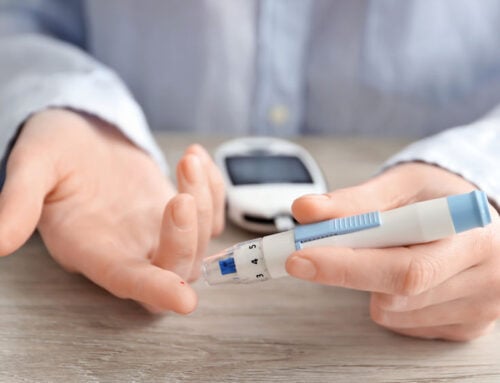Blood Sugar Monitoring, Daily Routines, And Diabetes
Diabetes is a condition where the body cannot produce sufficient amounts of insulin. Insulin is necessary to balance blood sugar (glucose) levels. Elevated blood sugar levels can lead to serious medical complications. Low blood sugar levels can lead to hypoglycemia. Blood sugar levels need to be checked multiple times a day.

Why do diabetics need to check blood sugar levels?
Monitoring blood sugar levels is essential for diabetic management. Levels will be affected by exercise, diet, age, family history, and weight. People with diabetes either cannot produce insulin or do not produce sufficient amounts. Insulin regulates blood glucose levels. Glucose is energy for the cells and food for the brain. When blood sugar levels fall or go too high, the individual can become very sick.
Blood sugar levels can reveal the condition of the liver and pancreas. To keep organs functioning properly and to prevent further medical complications, diabetics need to check blood sugar levels. Monitoring blood sugar will help the diabetic understand which factors affect insulin levels. The monitoring will also reveal the effectiveness of diabetic treatment.
When to check blood sugar?
Testing frequency will depend largely on a person’s lifestyle, diet, and medications. Testing should be performed before meals and snacks, before/after exercise, and before bed. Medicines for other medical conditions can alter the effectiveness of diabetic treatment plans. When starting new medications or changing routines, extra blood glucose monitoring may be necessary. Depending on what type of insulin and medications, a person dramatically affects the frequency of checking sugars. Speaking to the physician who is monitoring the diabetic regimen about glucose checks is the best approach.
How to check blood sugar?
A glucometer is used to determine blood sugar levels. Only a drop of blood is needed. People with diabetes will use a specialized pen to prick a finger. The blood droplet will is placed on a disposable test strip and the glucometer relays the results on a computerized screen. Blood can be taken from any part of the body; however, the results are most accurate when taken from the fingers.
Continuous glucose monitors (CGM) are another option. A small sensor with a needle is attached to the skin. The sensor reads the blood glucose levels every few minutes. The information is relayed back to a data receiver. The data receiver can be carried in a pocket or purse. Alarms can be set to go off if glucose reaches certain levels. Many factors can affect insulin levels. CGMs relay more accurate results than finger pricks secondary to continuous glucose monitoring around the clock.
Diabetic health
A single drop of blood can reveal the health of a diabetic. Many factors such as diet and exercise can affect blood sugar and insulin. Checking blood sugar levels daily will help people with diabetes stay healthy and determine the effectiveness of treatment plans.




